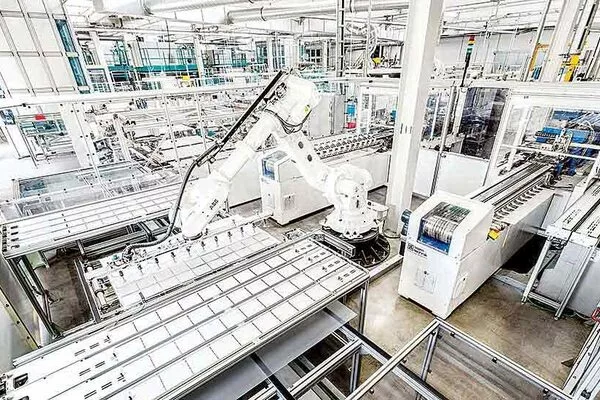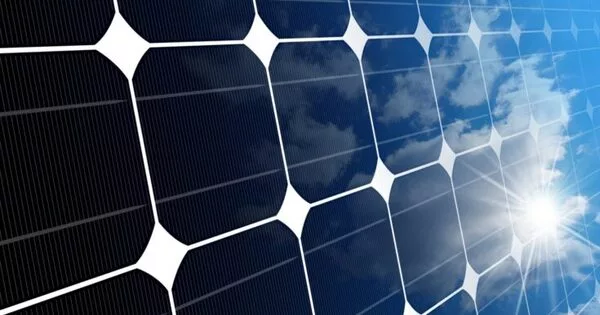With the world shifting toward renewable energy, solar cell manufacturers are attempting to squeeze every last bit of power out of their panels. Unfortunately, manufacturers are limited in their ability to produce efficient devices. Cambridge Photon Technology, based in the United Kingdom, believes it has discovered a way to significantly increase the amount of electricity that photovoltaic material in solar cells can produce.
Solar panels’ efficiency may be increasing as research from The Australian National University (ANU) reduces their current limitations. ANU researchers have discovered a method to improve the performance of silicon photovoltaic (PV) or solar cells. This is accomplished by adding ‘passivating contacts’ between the metal and silicon parts of the solar cell, making it more productive.
“These findings will help push the performance of silicon solar cells closer to their theoretical limit,” said Mohamed Ismael, lead ANU researcher, and Ph.D. candidate. “Each day, the sun produces significantly more energy than needed to power the whole planet. The only limitation is our ability to economically convert it to electricity,” he said.
These findings will help push the performance of silicon solar cells closer to their theoretical limit. Each day, the sun produces significantly more energy than needed to power the whole planet. The only limitation is our ability to economically convert it to electricity.
Mohamed Ismael
Solar cells are devices that convert light energy in the form of photons into electrical energy. As it stands, solar cells aren’t operating at their maximum capacity due to substantial electrical losses associated with the direct contact of metals with silicon.
“Transition metal oxides such as titanium oxide have many qualities that make them ideal as passivating contact layers,” Dr. Lachlan Black said. “This isn’t a new idea, but the way in which we combined these layers has produced better results and higher operating voltages than anything previously reported.”

The research team hopes to advance the technology to the point where it can be applied to large-scale industrial solar cells. The PV market is worth billions of dollars, with silicon solar cells accounting for 95% of all commercial solar cells. Given their advantages over competitors, they are expected to remain dominant for the foreseeable future.
“If successful,” Dr. Black said, “we could see our technology in almost all new solar panels installed on your roof or utility-scale solar plants.” Some practical issues must still be resolved before the technology can be implemented, but the PV community is already working to overcome these obstacles.
“Improving the efficiency of solar cells guarantees more clean energy at a reduced cost. This not only helps to address climate change, but opens up new economic opportunities for this low-cost clean energy,” Ismael said.
All solar cells operate in the same way: light strikes the device and energizes electrons within the cell, causing an electric current to flow. Silicon is the preferred photovoltaic (PV) material because it can absorb and convert a large portion of incident sunlight.
















